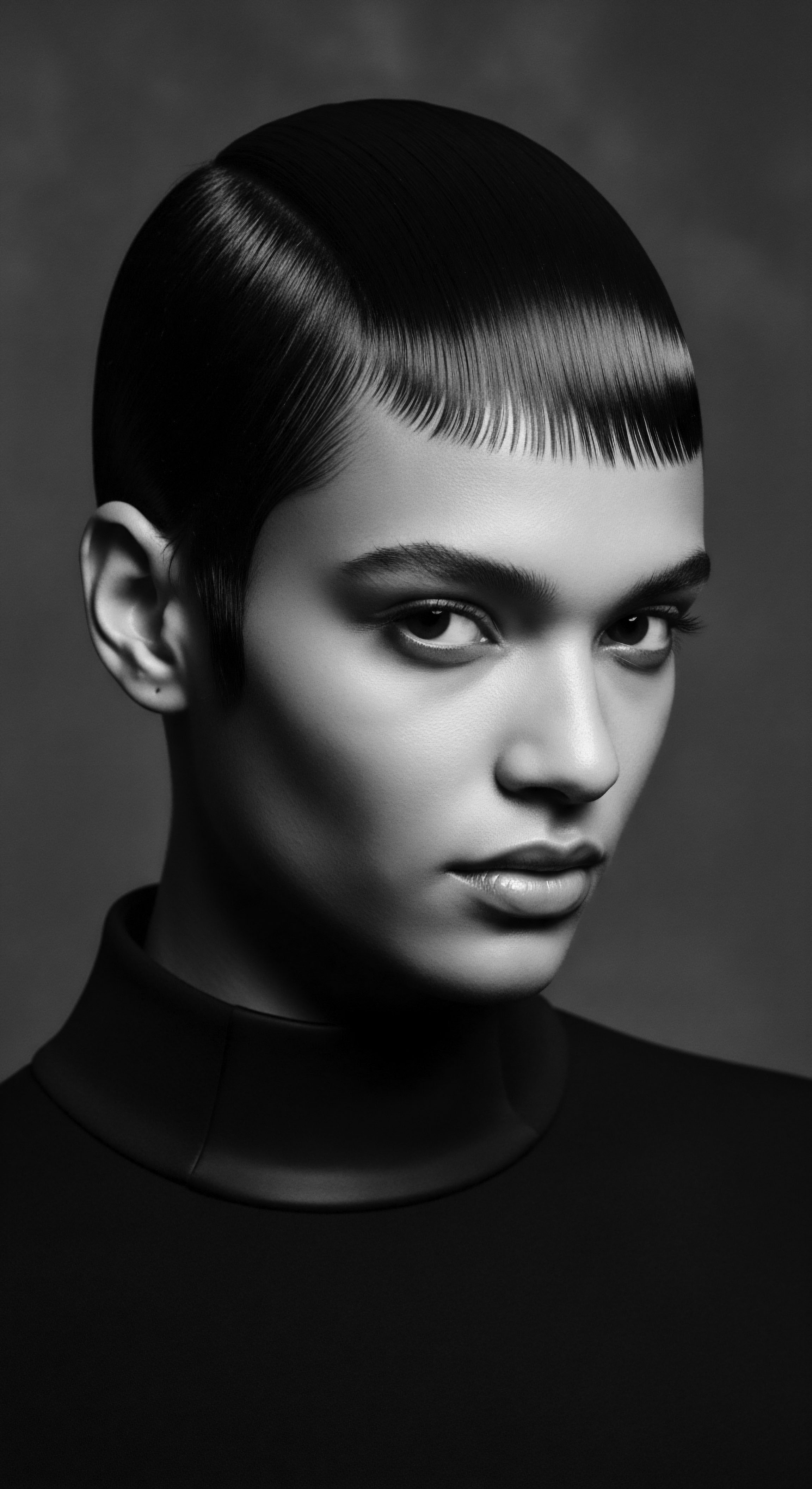
Roots
Across epochs, from the sun-drenched banks of the Nile to the vibrant rainforests of ancient West Africa, the very essence of textured hair has always spoken volumes. It carries stories, echoes of wind through ancestral plains, whispers of communal rhythms, and the profound wisdom passed through generations. For those whose strands coil, curl, or crinkle, this hair is not merely a biological outgrowth; it is a living archive, a sacred trust from those who came before. When we seek to understand how ancient civilizations protected these unique hair forms, we are not simply tracing historical practices.
We are opening a portal to a heritage that continues to shape our understanding of beauty, resilience, and identity. This exploration of ancient care traditions is a profound meditation on how our forebears understood the intrinsic needs of textured hair, recognizing its vulnerability and its power. It is a journey into the heart of ancestral knowledge, where the interplay of science, spirit, and culture created methods of care that safeguarded the delicate architecture of each strand.
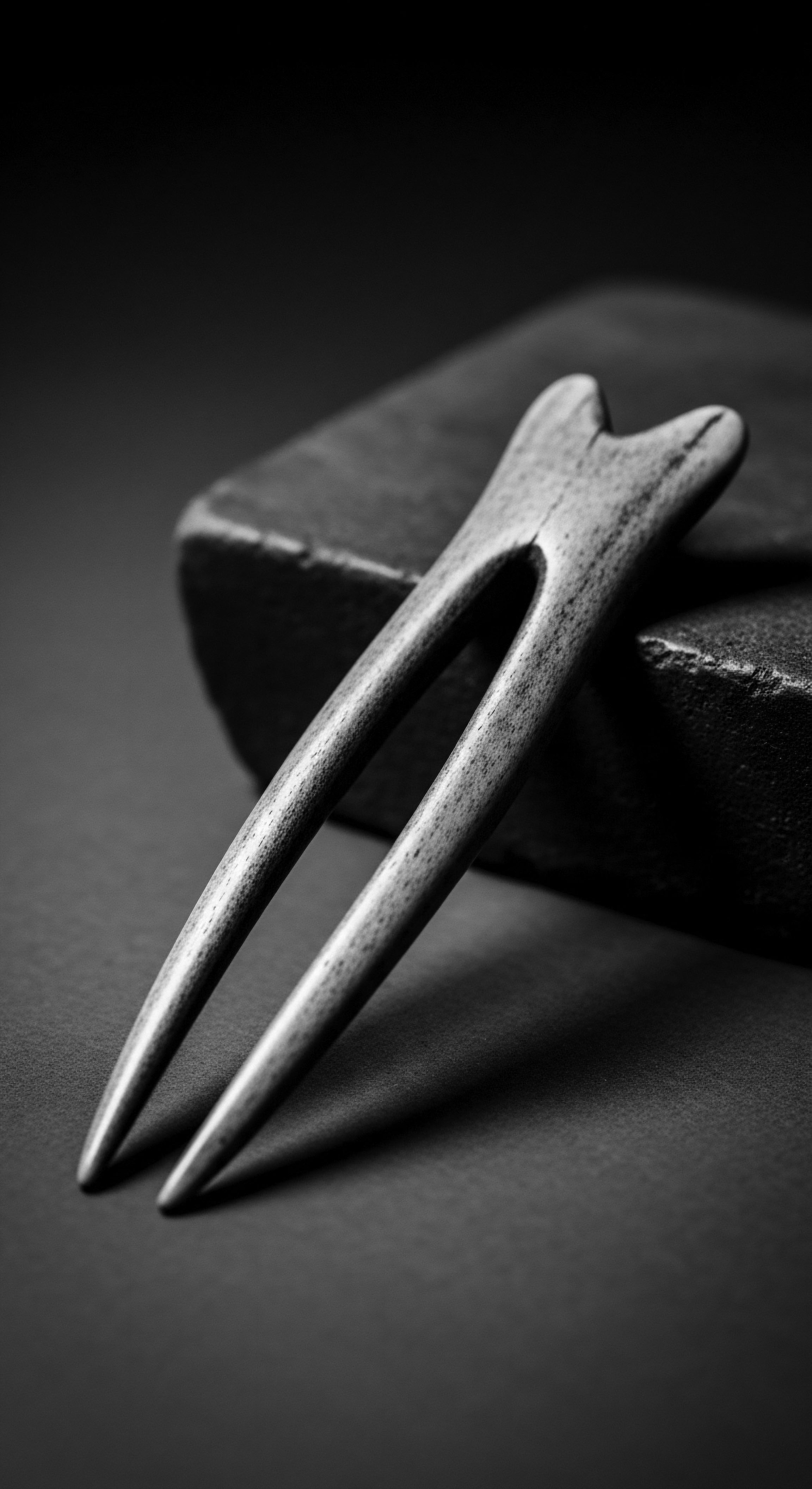
The Anatomy of Coiled Strands and Ancestral Perceptions
The singular structure of textured hair – its elliptical cross-section, the unique distribution of disulfide bonds, and the inherent fragility at its bends – presented specific challenges, and thus, specific opportunities for ancient care. Unlike straighter hair types, coiled strands naturally resist the even distribution of natural oils, leading to dryness, and their very form makes them susceptible to tangles and breakage if not handled with foresight and reverence. Our ancestors observed this, perhaps not through a microscope, but through generations of intimate, lived experience.
They understood the physics of the curl, the way it thirsted for moisture, and the way external forces could disrupt its integrity. This empirical knowledge, honed over millennia, forms the bedrock of traditional protective practices.
Consider the Hair Shaft itself, a miraculous column emerging from the scalp. In textured hair, this shaft often grows with a distinctive curve, giving rise to its characteristic shape. The outer layer, the Cuticle, composed of overlapping scales, is a primary defense. When these scales are lifted, moisture escapes, and the strand becomes vulnerable.
Ancient caretakers, through intuitive observation, sought methods to keep these cuticles smooth and sealed, recognizing that a closed cuticle was synonymous with healthy, resilient hair. Their remedies, often derived from the bounty of their natural world, acted as emollients, humectants, and sealants, directly addressing the hair’s biological needs.
Ancient civilizations, through generations of keen observation, developed a profound understanding of textured hair’s unique biological needs, long before modern science articulated the specifics.
The foundational knowledge of how varied hair types behave was not abstract; it was woven into daily life. Different textures within communities, influenced by genetics and environment, were met with adapted approaches. There was no one-size-fits-all, but rather a spectrum of practices that respected the diverse manifestations of textured hair. This deep respect for individuality within the collective is a hallmark of ancestral wisdom.
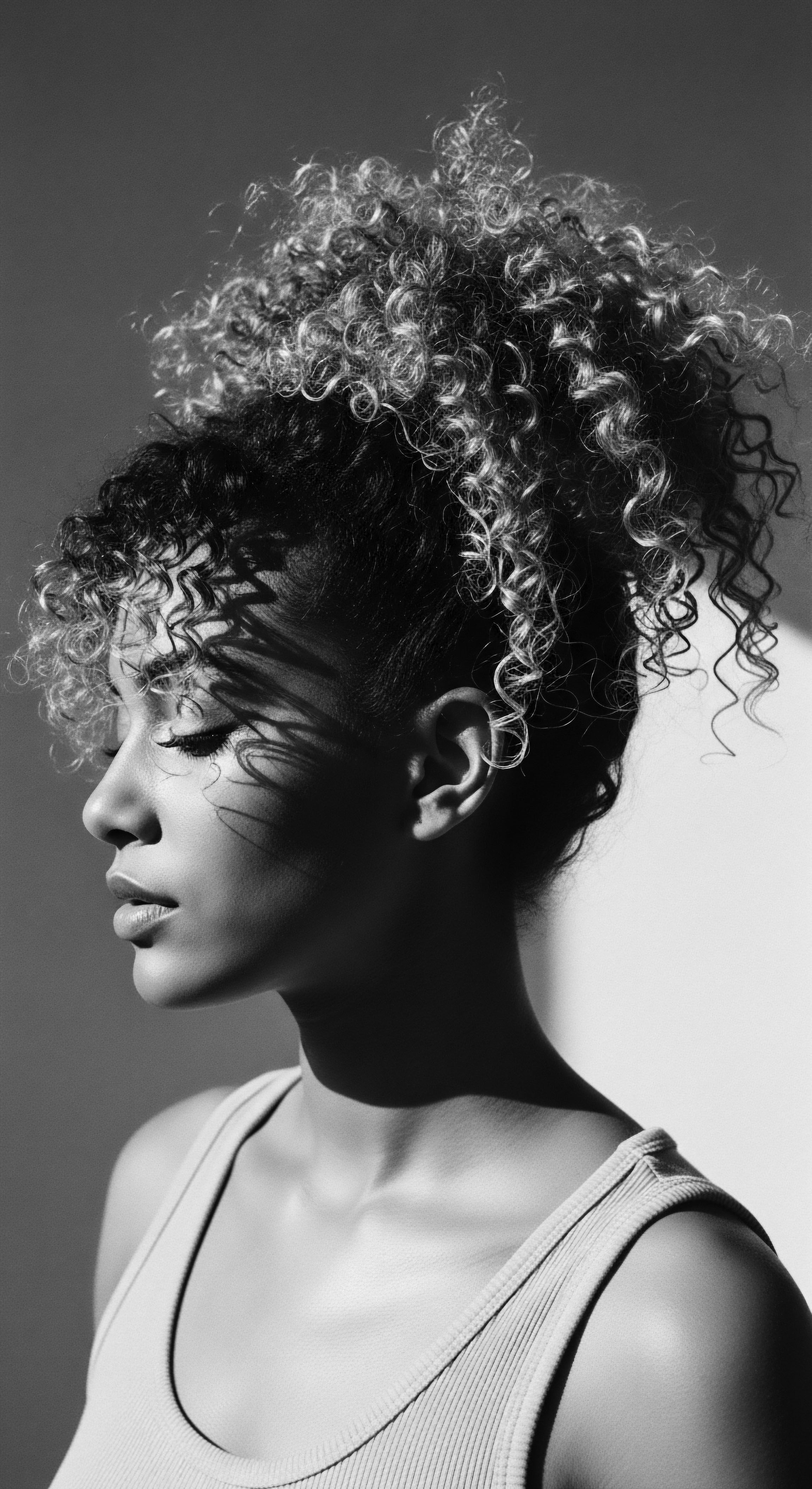
Nomenclature Beyond Classification Systems
While modern trichology has developed classification systems like Andre Walker’s, ancient cultures spoke of hair not in numerical types, but in terms of its living qualities, its symbolic power, and its connection to the divine or the earthly. The language of hair was descriptive, often imbued with spiritual or social meaning. For example, in many African societies, specific hairstyles or hair conditions could signify marital status, age, lineage, or even readiness for spiritual rites. The act of caring for hair, therefore, was not merely cosmetic; it was a deeply meaningful practice, a conversation with the self and the cosmos.
- Kinky Hair ❉ Often described in ancient texts or oral traditions with terms suggesting strength, resilience, or a crown-like quality, symbolizing status and connection to the divine.
- Coily Hair ❉ References might speak to its density and ability to hold intricate styles, representing community bonds and the weaving of destinies.
- Curly Hair ❉ Perhaps described with words denoting softness, flow, or natural beauty, suggesting fluidity and adaptability.

Growth Cycles and Environmental Harmonies
The cycles of hair growth – Anagen (growth), Catagen (transition), and Telogen (rest) – were not scientifically labeled by our ancestors, yet their practices implicitly honored these rhythms. They understood that hair required periods of rest, protection from harsh elements, and consistent nourishment to thrive. The impact of diet, climate, and lifestyle on hair health was keenly observed.
A well-nourished body, sustained by traditional diets rich in vital nutrients, was understood to be the foundation for healthy hair. This holistic view, where internal well-being was inextricably linked to external vibrancy, is a cornerstone of ancestral wellness.
Environmental factors, such as arid desert winds or humid tropical air, prompted specific adaptations in care. Ancient Egyptians, living in a dry climate, emphasized sealing moisture, while West African communities might have focused more on cleansing and promoting circulation. The wisdom was localized, attuned to the specific needs dictated by the immediate surroundings.
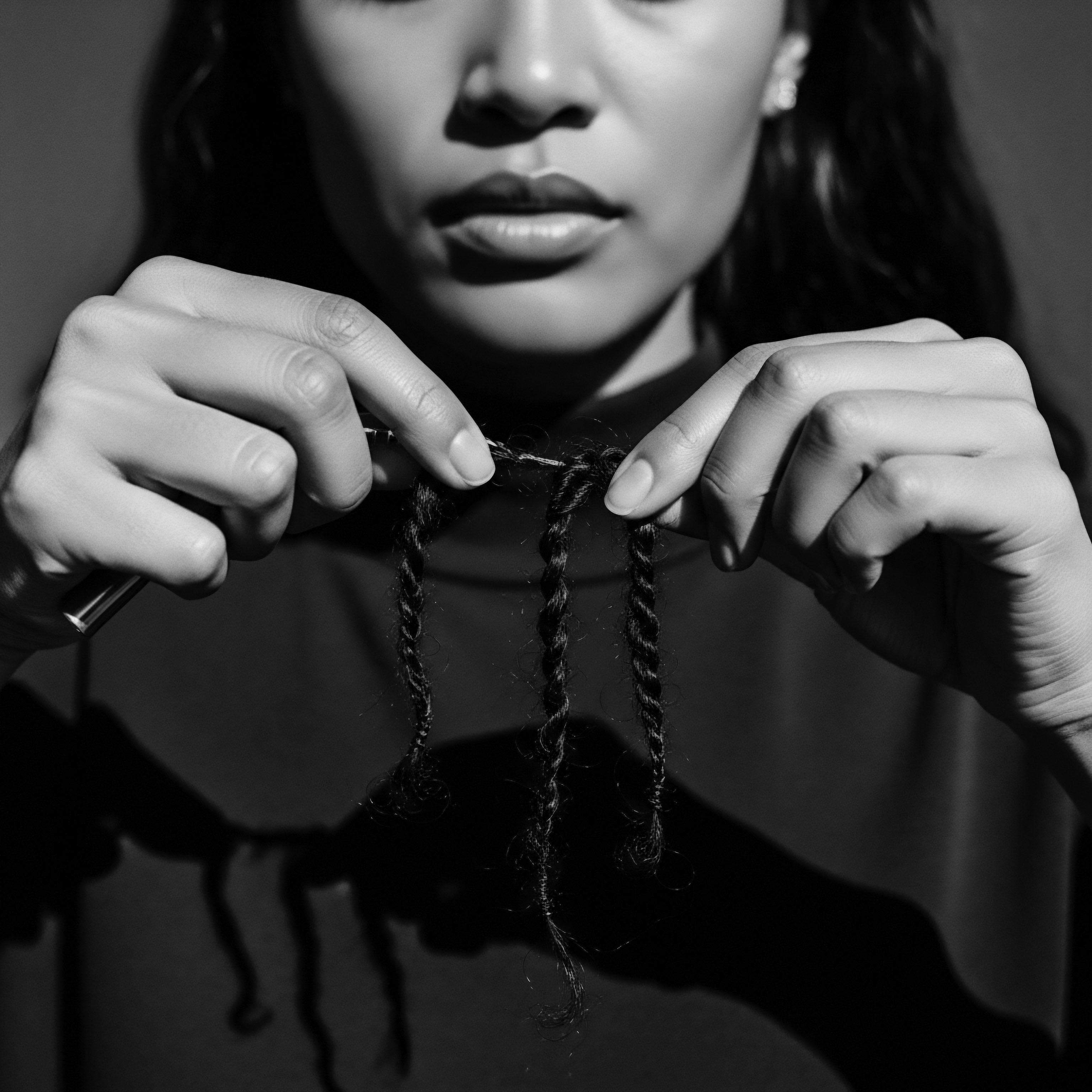
Ritual
The care of textured hair in ancient civilizations was rarely a solitary, utilitarian act. It unfolded as a ritual, a sacred practice steeped in cultural reverence and communal knowledge. These traditions, passed from elder to youth, transcended mere hygiene; they became expressions of identity, vehicles for storytelling, and powerful acts of protection. The methods employed were often ingenious, blending readily available natural resources with profound understanding of the hair’s unique requirements, all to safeguard its inherent coils and curls.

Ancestral Protective Styling Practices
One of the most potent forms of protection for textured hair, practiced universally across ancient cultures, was the art of protective styling. These styles minimized manipulation, reduced exposure to harsh environmental elements, and prevented tangling. They were not merely aesthetic choices; they were strategic defenses for fragile strands.
In ancient Egypt, we find evidence of elaborate braiding and weaving patterns, often augmented with extensions made from plant fibers or human hair, which would have encased and shielded the wearer’s natural coils. These styles, documented on tomb walls and mummified remains, served both protective and symbolic purposes, reflecting social standing and spiritual beliefs. The use of wigs, too, provided a layer of defense against the relentless sun and sand. These were meticulously crafted, sometimes with the wearer’s own hair, then adorned and treated with scented oils and resins, creating a micro-environment of moisture and cleanliness for the scalp underneath.
Across various West African civilizations, intricate cornrows, twists, and Bantu knots served as foundational protective styles. These techniques, often executed during long communal sessions, were opportunities for social bonding, the transmission of cultural histories, and the sharing of ancestral wisdom. The tightness of the braids, the sectioning patterns, and the application of nourishing preparations were all deliberate choices aimed at preserving hair health and promoting growth.
The Bantu Knot, for instance, a simple yet effective coiling technique, allowed hair to dry in a stretched, detangled state, minimizing shrinkage and protecting delicate ends from friction and environmental damage. This practice stands as a living testament to ancient ingenuity.
Ancient protective styles were not merely aesthetic; they were carefully designed to shield textured hair from environmental stressors and reduce damage, preserving its vitality for generations.
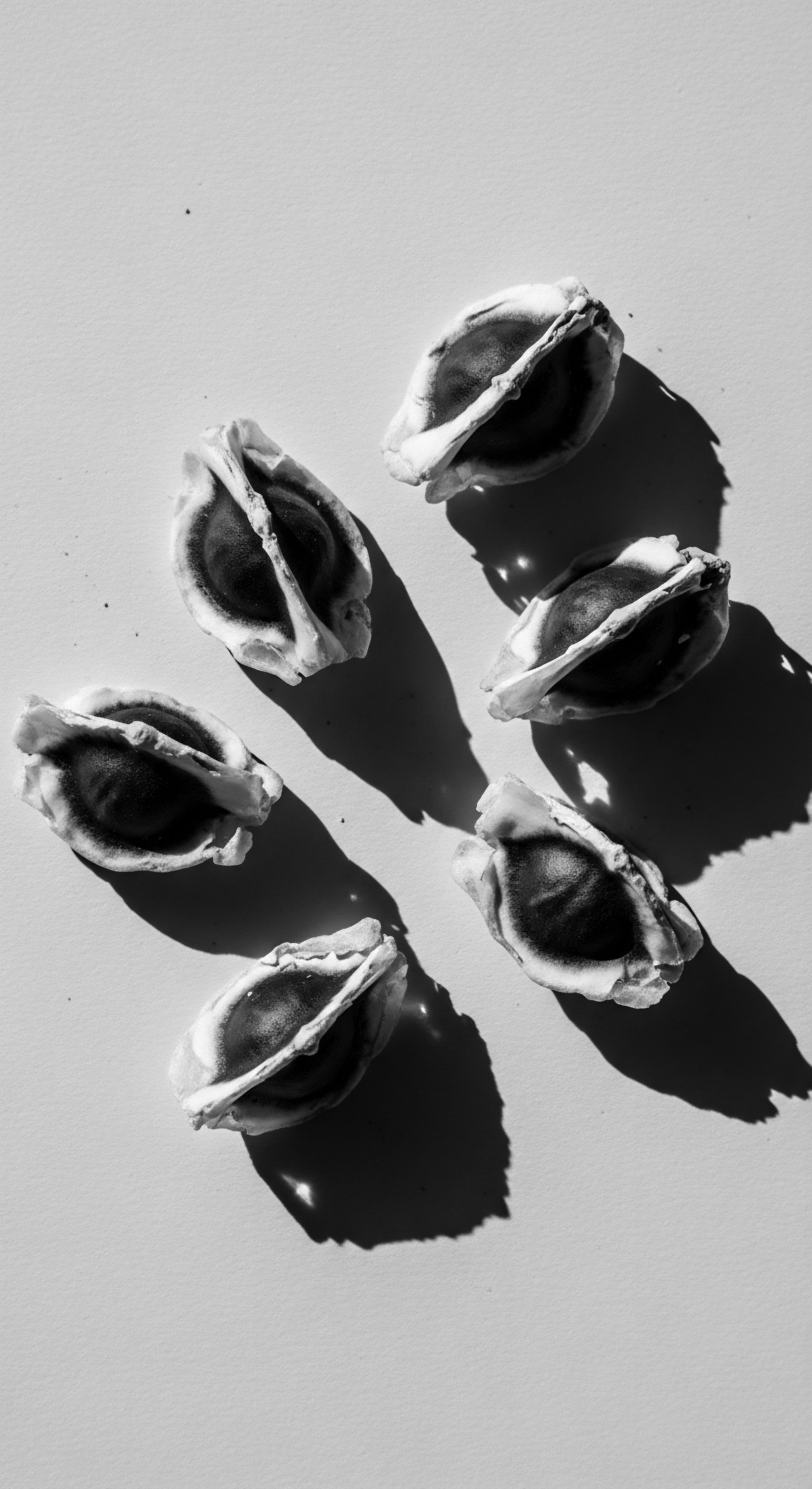
How Did Ancient Civilizations Protect Textured Hair Through Cleansing and Nourishment?
The principles of cleansing and nourishment were fundamental. While modern shampoos did not exist, our ancestors utilized natural saponins from plants – compounds that create a lather and cleanse – to gently purify the scalp and strands without stripping natural oils. This was a crucial distinction, as textured hair benefits from practices that preserve its inherent moisture.
Consider the use of Clay Washes, found in cultures from ancient Egypt to indigenous North Africa. Clays like Rhassoul clay, rich in minerals, could absorb impurities while conditioning the hair. Blended with water or infused with herbs, these concoctions offered a gentle yet effective cleanse, leaving the hair feeling soft and moisturized.
The application of oils and butters was perhaps the most widespread and significant protective practice. These substances, extracted from local flora, served multiple purposes ❉
- Sealing Moisture ❉ Oils like olive, castor, and shea butter created a protective barrier on the hair shaft, preventing water loss from the dry conditions prevalent in many ancient climates.
- Conditioning and Softening ❉ They softened the hair, making it more pliable and less prone to tangles and breakage during manipulation.
- Scalp Health ❉ Many oils possessed antimicrobial and anti-inflammatory properties, promoting a healthy scalp environment essential for robust hair growth.
In ancient Mesopotamia, for instance, sesame oil was widely used for its conditioning properties, often infused with aromatic herbs. In India, Ayurvedic traditions employed a complex array of botanical oils such as Coconut Oil, Amla Oil, and Neem Oil, each chosen for specific therapeutic benefits to the hair and scalp. These oils were often warmed and massaged into the scalp, stimulating circulation and ensuring deep penetration.
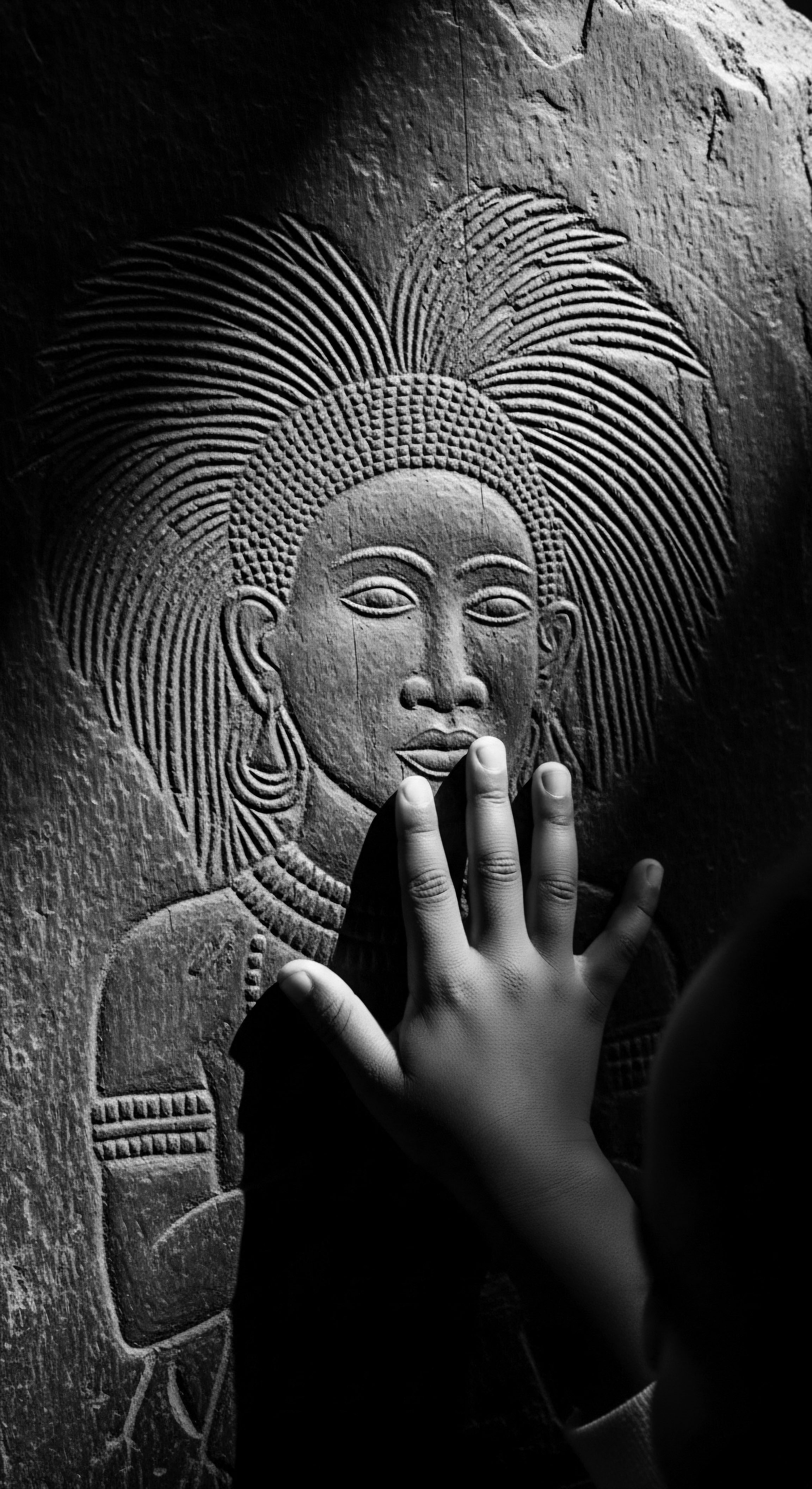
What Role Did Tools Play in Textured Hair Protection?
The tools of ancient hair care were simple yet effective, born from an intuitive understanding of the hair’s needs. Unlike modern brushes that can snag and tear delicate strands, ancient tools prioritized gentle detangling and minimal friction.
Wide-Toothed Combs, often crafted from wood, bone, or ivory, were universally employed. Their broad spacing allowed for careful separation of coiled strands, reducing breakage during detangling. Finger-combing, a direct extension of this gentle philosophy, was also likely a primary method, allowing for tactile recognition of tangles and sensitive unraveling.
Beyond combs, tools for styling, such as pins and ties made from natural materials, helped secure protective styles without causing tension or strain on the hair follicle. The very act of styling often incorporated the application of balms or salves, making the process itself a moment of nourishment and protection.
| Ancient Tool/Practice Wide-toothed wooden comb |
| Contemporary Parallel Detangling comb made of flexible plastic or silicone |
| Underlying Protective Principle Minimizes snags, reduces breakage on delicate curls. |
| Ancient Tool/Practice Oiled hand for detangling |
| Contemporary Parallel Pre-poo oil treatment, finger detangling |
| Underlying Protective Principle Lubricates hair, allows for gentle separation of knots. |
| Ancient Tool/Practice Bantu knots/Braids |
| Contemporary Parallel Twist-outs, braid-outs, cornrows |
| Underlying Protective Principle Reduces manipulation, prevents tangling, stretches hair. |
| Ancient Tool/Practice The consistency in protective principles across millennia underscores the enduring wisdom of ancestral hair care. |
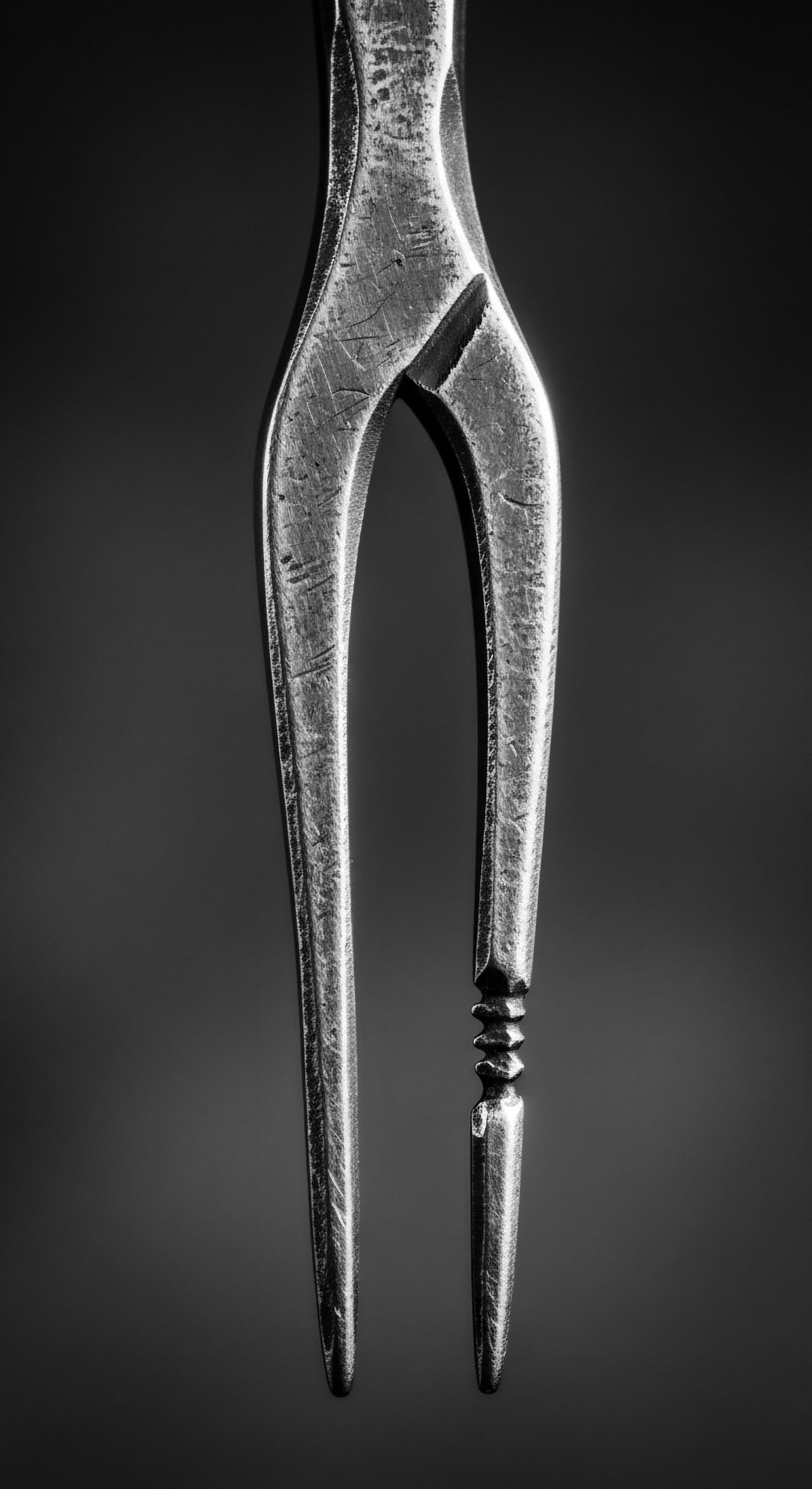
Relay
The transmission of hair care practices across generations and geographies forms a critical part of textured hair heritage. It is a relay, a continuous passing of a sacred flame from ancestral hands to contemporary ones. This deeply ingrained knowledge system did not reside in written manuals alone; it lived within the rhythmic actions of daily care, the communal gatherings for styling, and the oral traditions that linked identity to coily strands. Understanding how ancient civilizations protected textured hair requires looking beyond singular innovations to the vast, interconnected web of shared wisdom and cultural adaptation.
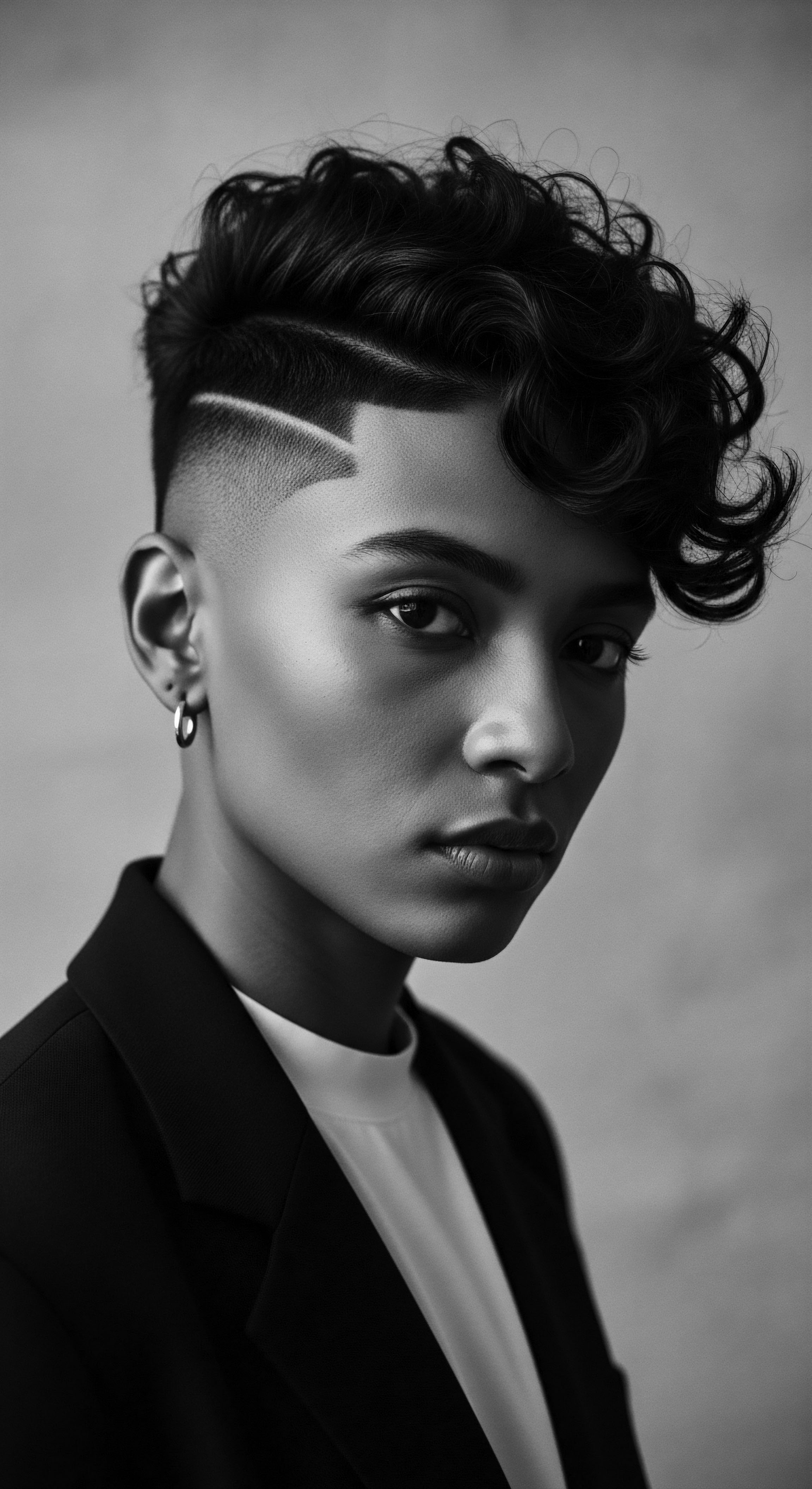
The Enduring Legacy of Nighttime Hair Protection
One of the most persistent and universally adopted protective practices from antiquity, particularly for textured hair, is the ritual of nighttime covering. This practice, often seen today in the use of satin bonnets and scarves within Black and mixed-race communities, has deep historical roots. Ancient Egyptians, for example, wore elaborate head coverings and sometimes even specialized wigs to bed. While these might have been partly for modesty or comfort, they also served the vital purpose of protecting hairstyles and preventing friction-induced damage to the hair and scalp.
Consider the fragile nature of textured hair, especially when dry. Friction against rough surfaces like cotton pillowcases can lead to breakage, frizz, and tangling. Ancestral communities understood this intuitively. They recognized that the night, a period of rest and renewal, also presented a significant risk to hair integrity.
The use of smooth, often silk-like fabrics, or even finely woven plant materials, provided a gentle barrier, allowing hair to retain moisture and its delicate structure during sleep. This practice was not a luxury; it was a fundamental aspect of preservation, recognizing that consistent care was paramount for maintaining hair vitality. The continuity of this practice, from ancient palaces to contemporary homes, speaks to its efficacy and profound ancestral wisdom.
The enduring ritual of nighttime hair covering, a testament to ancient wisdom, shielded textured hair from friction and moisture loss, a practice resonating with modern communities.
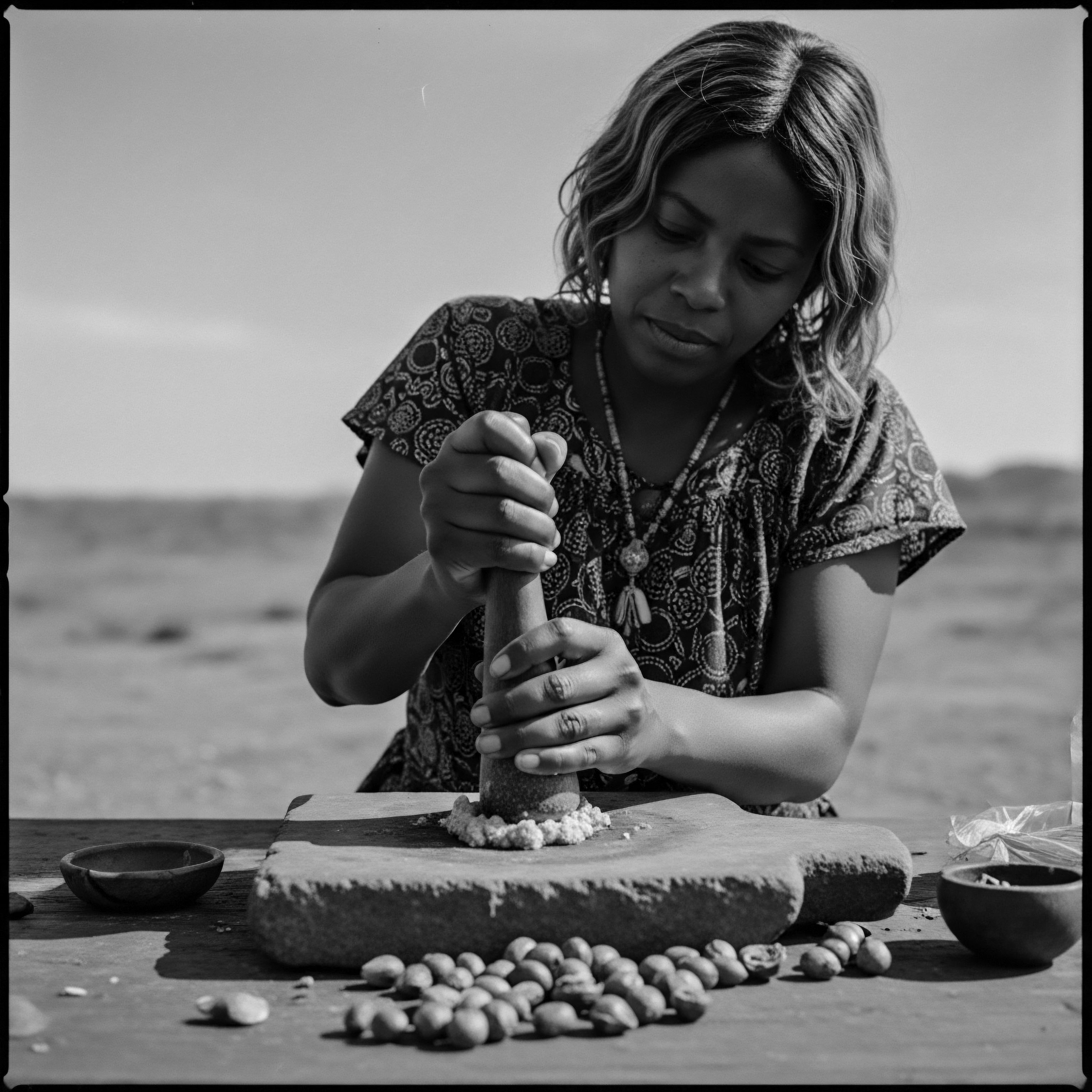
How Did Ancient Knowledge Inform Holistic Hair Health?
Ancient civilizations viewed hair health not in isolation but as an integral component of overall well-being. This holistic approach, where internal balance directly influenced external vibrancy, is a powerful lesson from our heritage. Their pharmacopeia was the natural world around them, and their understanding of plant properties was sophisticated.
In ancient India, the practices of Ayurveda offered a comprehensive system of hair care deeply rooted in the concept of balancing the body’s internal energies, or Doshas. Specific herbs and oils were prescribed not just for their direct effects on hair, but for their ability to harmonize the body’s constitution. For instance, the herb Bhringraj (Eclipta prostrata), often referred to as “king of hair,” was used to promote growth and prevent premature graying, but its application was part of a broader wellness regimen that considered diet, stress, and lifestyle. This integrated approach, where hair care was inseparable from self-care, reveals a profound understanding of the interconnectedness of mind, body, and spirit.
A fascinating example of this holistic understanding comes from the Meroitic civilization, a powerful ancient kingdom in what is now Sudan, spanning roughly 800 BCE to 350 CE. Archaeological findings and textual evidence point to sophisticated cosmetic and hair care practices within this Nubian culture. Meroitic women, known for their elaborate braided and beaded hairstyles, utilized a range of natural substances. One compelling finding suggests the use of Castor Oil, indigenous to the region, which has long been recognized for its emollient properties and ability to stimulate hair growth.
This wasn’t merely a topical application; the cultivation and processing of such plants were part of a wider agricultural and medicinal knowledge base. The sustained health and complex artistry of their hair, even in an arid climate, serves as a direct indicator of their advanced and interconnected understanding of botanical sciences and personal well-being. (Shinnie & Shinnie, 1965). This specific historical example powerfully illuminates how hair protection was not just about the external application but about a nuanced integration of local botanical knowledge, cultural practices, and a deep appreciation for the hair’s role in personal and communal identity.
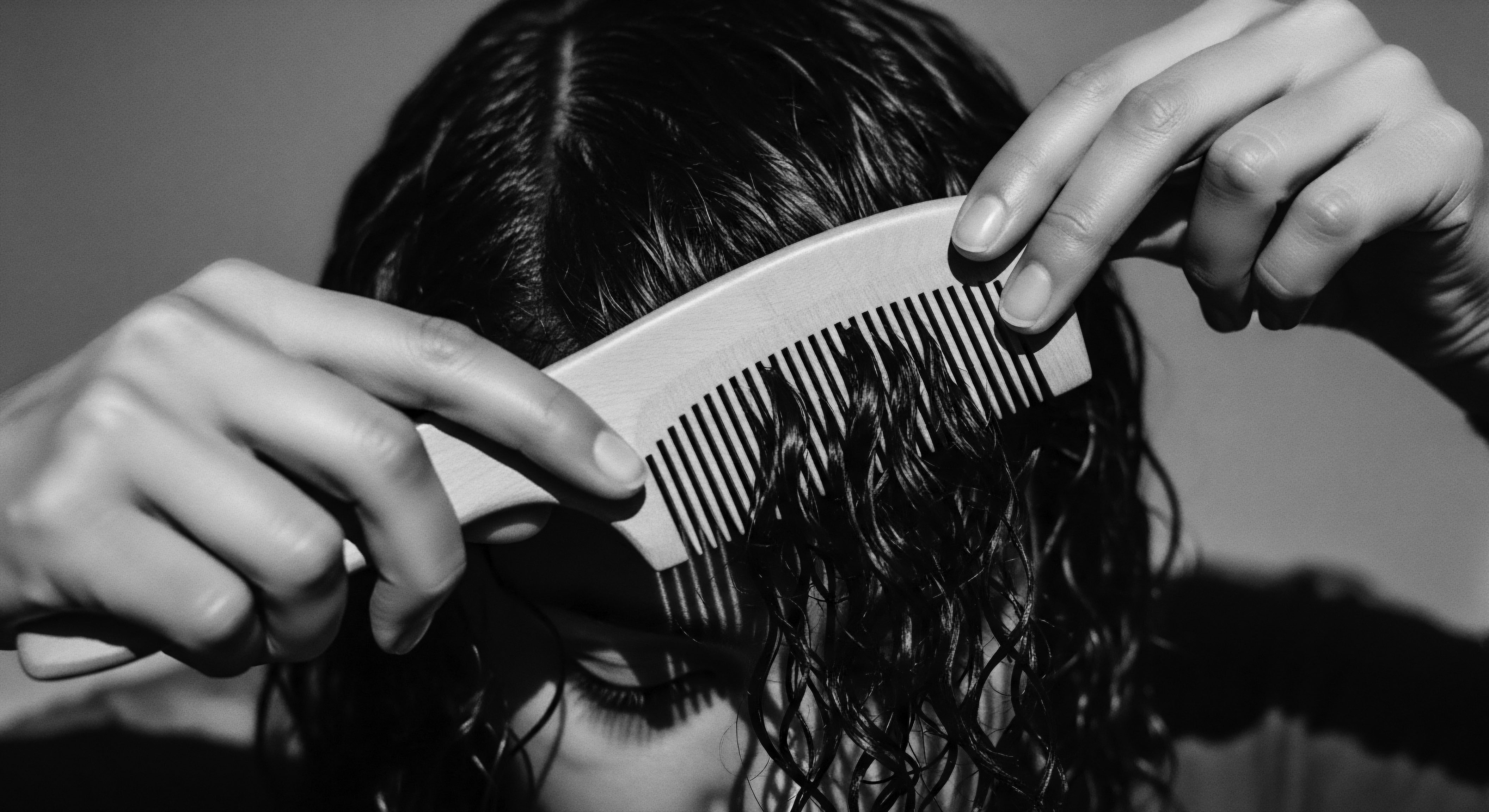
Addressing Hair Concerns With Ancestral Wisdom
Ancient peoples encountered many of the same hair concerns we face today ❉ dryness, breakage, hair thinning, and scalp irritation. Their solutions, though perhaps less scientifically categorized, were remarkably effective. They relied on observation, experimentation, and a rich botanical understanding.
For dryness, the pervasive use of nourishing oils and butters was the primary defense. Shea Butter, derived from the nuts of the shea tree, was a staple across many West African communities, renowned for its moisturizing and healing properties. It was applied as a balm, a sealant, and even as a protective barrier before styling.
To combat breakage, emphasis was placed on gentle handling, protective styles, and the strengthening properties of specific plant extracts. Herbs like Henna, beyond its use as a dye, was recognized for its ability to coat and strengthen the hair shaft.
Scalp health was addressed through herbal rinses, gentle massages, and the topical application of anti-inflammatory plants. Aloe vera, used in many ancient civilizations from Egypt to the Americas, was valued for its soothing and healing properties, making it a powerful remedy for irritated scalps.
The sheer variety of these plant-based remedies, tailored to specific regional biomes, speaks to a global, yet localized, ancestral ingenuity in addressing textured hair needs. Their practices were not prescriptive in a rigid sense, but adaptable, recognizing the unique needs of the individual and the environment. This iterative process of observation, application, and refinement over countless generations built a robust library of traditional hair care practices.
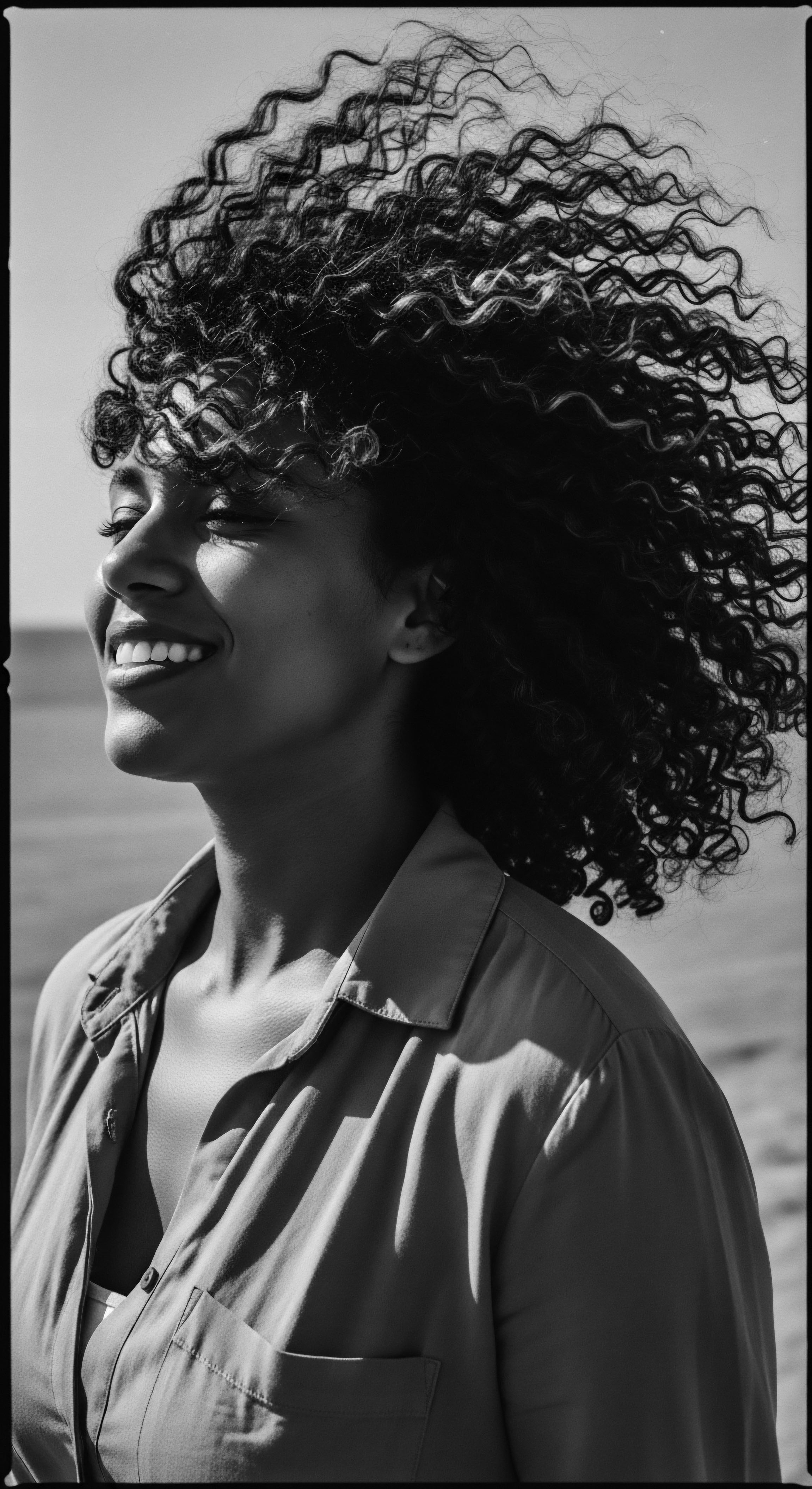
Reflection
As we stand at the crossroads of ancient wisdom and contemporary understanding, the echoes of ancestral practices resonate with profound clarity. The meticulous care, the intentional adornment, and the communal reverence for textured hair across ancient civilizations were more than superficial acts; they were expressions of identity, resilience, and a deep, intuitive science. The way our ancestors protected their coiled, curly, and kinky strands was a testament to their resourcefulness, their connection to the natural world, and their understanding of hair as a living, breathing entity.
This lineage of care, flowing from the earliest civilizations to the vibrant textured hair community of today, reminds us that the “Soul of a Strand” is not a modern construct but an inherited truth. Each curl, each coil, carries the legacy of survival, adaptation, and beauty that has endured through time, sometimes against immense odds. To protect textured hair, then and now, is to honor this heritage, to participate in a continuum of wisdom that recognizes hair’s inherent worth and its symbolic power.
Our journey through ancient care traditions serves as an invitation ❉ to look upon our own strands not just as biology, but as living history. It challenges us to reconsider how we approach care, perhaps drawing inspiration from the holistic approaches of the past, embracing natural remedies, and recognizing the communal joy found in the shared rituals of hair tending. The lessons from antiquity affirm that guarding the integrity of textured hair is an act of self-love, cultural preservation, and a profound connection to an unbound helix of ancestral narratives. The past did not merely protect hair; it celebrated it, weaving its very structure into the fabric of identity and the enduring story of human resilience.
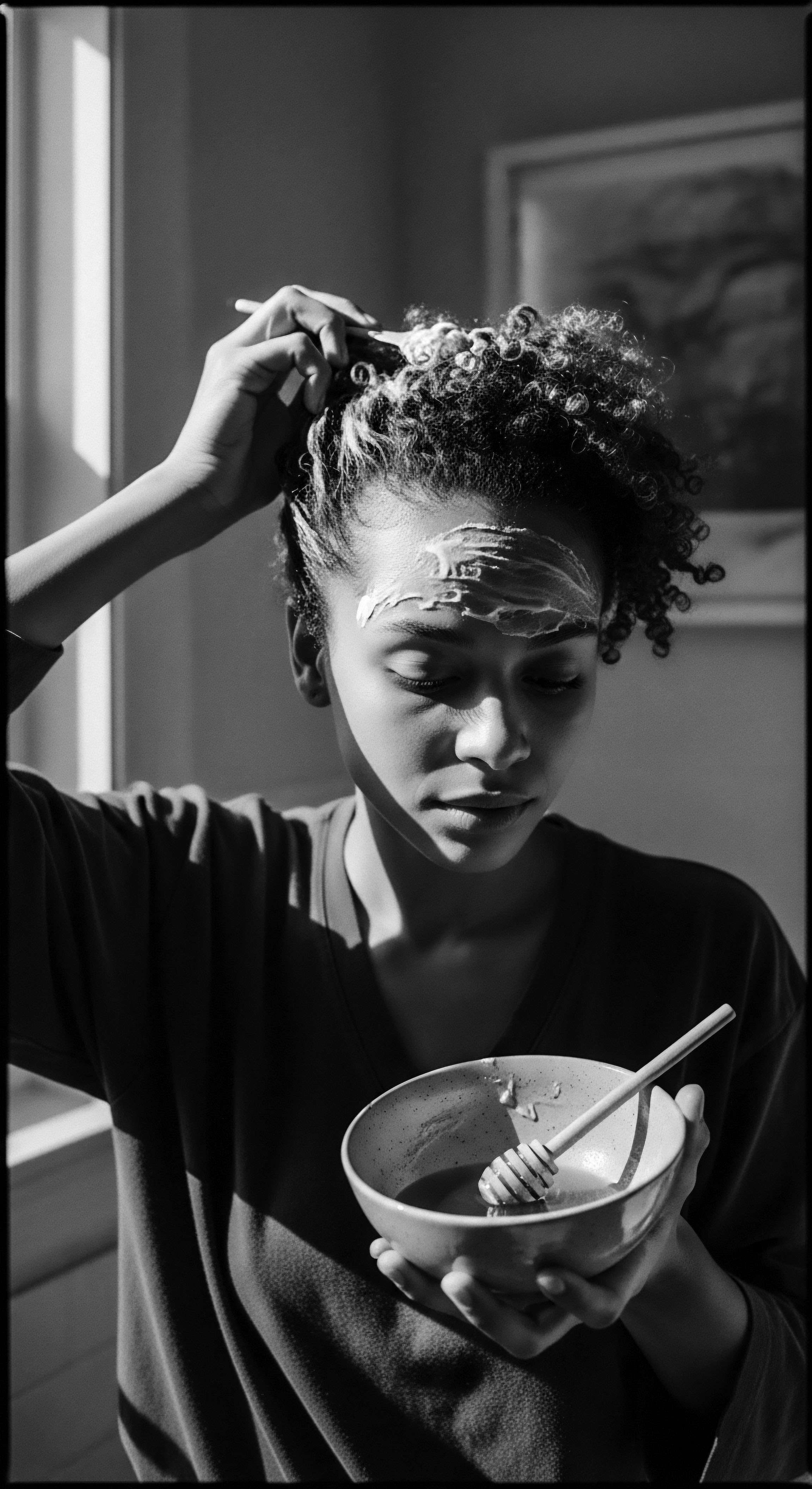
References
- Robins, Gay. The Art of Ancient Egypt. Harvard University Press, 1997.
- Chaudhuri, S. K. A Text Book of Pharmacognosy. India, 2005.
- Shinnie, P. L. & Shinnie, M. Meroe ❉ A Civilization of Ancient Sudan. Praeger, 1965.
- Barnard, Anne. Ancient Hair Styles. The Metropolitan Museum of Art Bulletin, 1979.
- Holder, J. The Hair of the Gods ❉ The Symbolism of Hair in Cultures. Palgrave Macmillan, 2004.
- Eze, T. The Cultural Significance of African Hair Braiding. Journal of Black Studies, 2012.
- Dye, T. The History and Culture of African Hairstyles. The Museum of Fine Arts, 2003.
- Rastogi, S. & Ravikumar, S. Ethnopharmacology of Bhringraj (Eclipta prostrata) and Its Applications. Journal of Ethnopharmacology, 2010.
